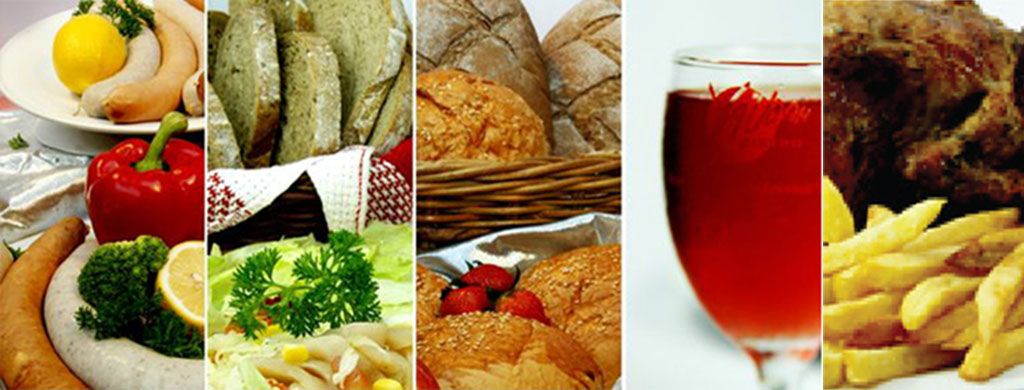Food & Art – Art of Food
Where would art be without food?

And thirsty. And unfulfilled. Think about it. One of the classical memes is that of the starving artist… creating great art. You want to go ask an artist whether he or she would like to starve while absorbed in their art?
You might get a face-full of art for your trouble. Artists do not necessarily like to be kept lean and hungry.

Better to die for your art crashing your helicopter or running off the road drunk in your car or dying from TB, meningitis or suicide – who knew art was such a dangerous business?
So what’s the big deal with still lifes? Still hungry?

Why shoot fruit? Well, it sits still and doesn’t fidget, scowl, frown or complain. It doesn’t scratch its nose, or its ass (or its ass, then its nose). It is appealing to all viewers as very few would be displeased gazing upon it (considering that traditional human subjects for portraits were rich and powerful warlords, religious fanatics and other influential crooks and murderers with many enemies).

Food is always pleasant to look at, particularly if you are in need of some. This delightful still life is Flemish, and please tell me who does not love to nibble on fresh table grapes, even if they are upended here (food fight aftermath?)
It is not simply the visual arts that exploit this, by the way.

Walk down the street in Manhattan, and every two blocks you’ll get a blast hot scent of freshly-baking pizza from a huge exhaust fan. Maybe you’re hungry, maybe not. But the aroma of fresh pizza would often steer you right inside for a delightful slice. Are they using olfactory advertising? Hey, all’s fair in love, war and the restaurant business.

A graphic ‘slice of life’ from artist Danny Smythe…
All through history – and history is often a history of hunger – you will find food. Eats, eats and more eats, usually depicted graphically. This site says ‘Thus, it is no wonder that the depiction of food in art spans across cultures and all of recorded human history. Appearing in myriad contexts, this practice stretches back to ancient Greece and Rome where banquets and bacchanals were consuming passions celebrated in literature, painting, and mosaics. Drawings of food could also be found inside Egyptian pyramids. Created on inner walls of burial chambers and on coffins to depict all of the good things waiting for the deceased, it was believed that those drawings, through magical properties, would nourish those gone on to the afterlife. A recurring theme through the Middle Ages and Renaissance to modern times, food has been depicted as a celebration of a theme, composition itself or a metaphor.’
Wow? Are you hungry yet? Ya Udah Bistro alert!
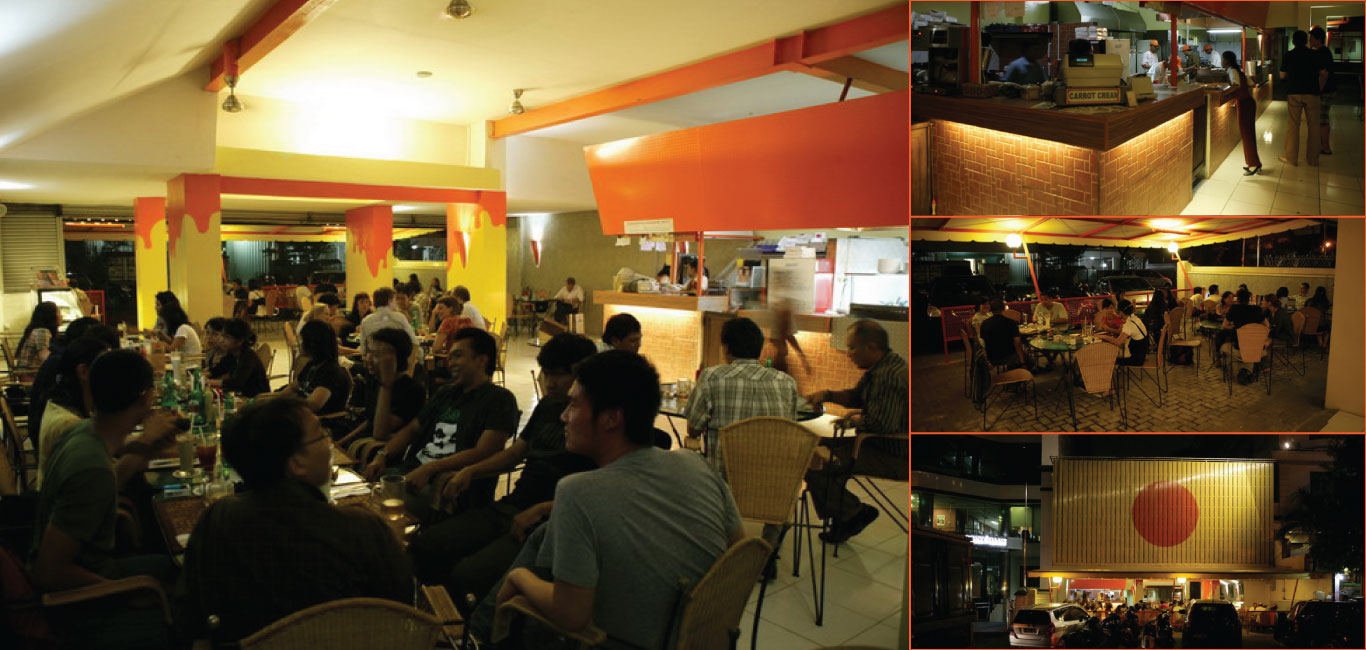
In modern times we have too much food (at least we do in the “fat countries”) and so the depiction of eats in art is not so very tasty.

(Order yours from roly-poly Stephen Conroy – not that it will assuage your hunger…)

A famous aphorism in English – here used in a Buddhist context by Richard Alpert / Ram Dass. I suggest the idea is that eating with your eyes is no more satisfying than wishing after all the pretty girls as they stroll by.
Visual expression of food may be odd, as with Surrealist Superstar Sally Doll, one of the oddest of the modernists.

Does this make you hungry? Naw, me either. Sorry Sal, we ain’t eatin’ here.

Would it surprise you to learn that Salvador Dalí often said that at the age of 6 his youthful ambition was to become a chef? Oh dear. He even wrote a cookbook, allegedly in collaboration with the brutal Gala (hell of a dinner guest she would make):

When the food itself is the ART
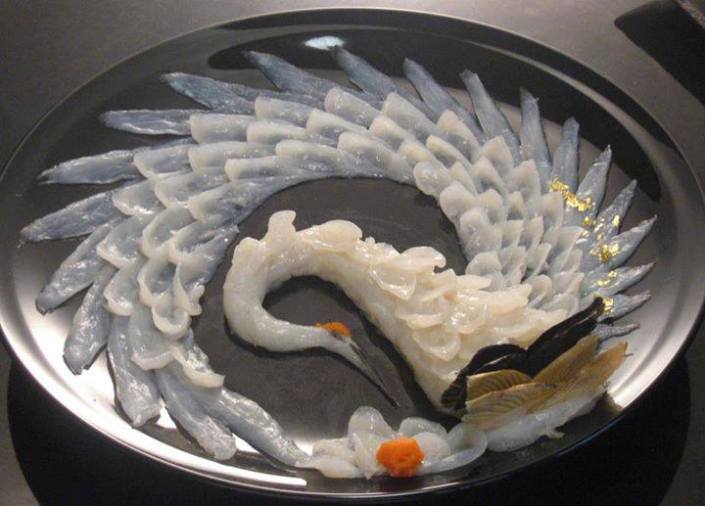
The first thing that comes to mind is… the Japanese. They prepare food so beautifully that it is almost too beautiful too eat.

Almost.
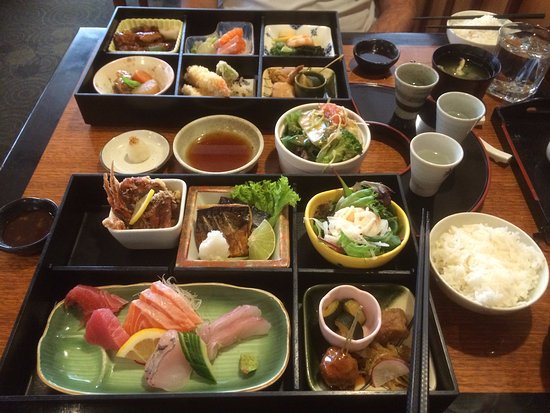
If it were not so delicious we would even think of framing it. Instead, we just snap a foody-selfie of it. And then destroy it with joy, down the gullet.

It’s not just the Japanese who know how to present food aesthetically, however…
But how’s about those hungry ancients? Didn’t they love the food in their art as well?
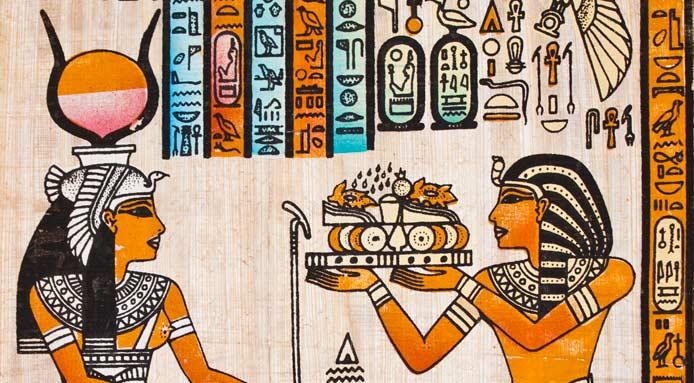
Cleopatra is being served honey balls. Did I just say “BALLS”? And “Cleopatra?” Oh my. That gets us off into food and sex – but that’s a blog for another day.
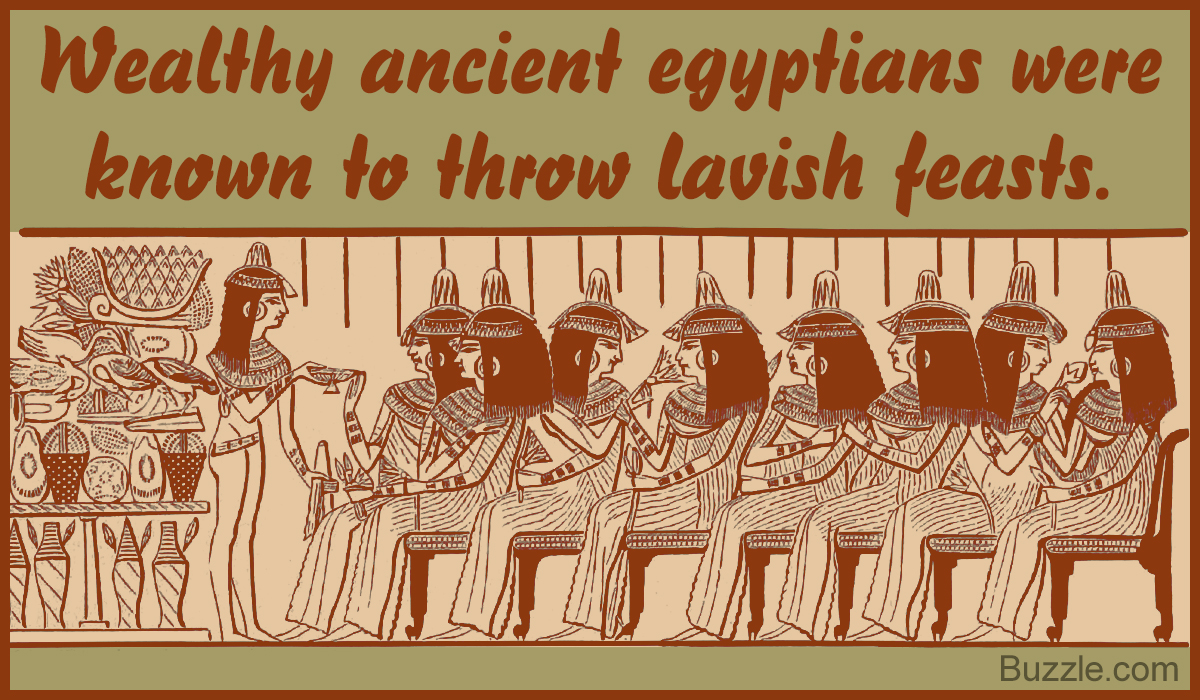
Food was linked to power, and social standing. The bigger the blast, the more prestige accrued. Why do these ancient Egyptians look like spacemen? Why do they look like they’re not even a little hungry?
While both rich Egyptians and poor ones drank beer, wine was reserved for the moneyed class. And they’re all dead as a doornail!

(Some of our readers are laughing. They don’t think we are serious. They are also drinking. We hope they are not drinking seriously.)

“Let food be thy medicine and medicine be thy food.”
― Hippocrates
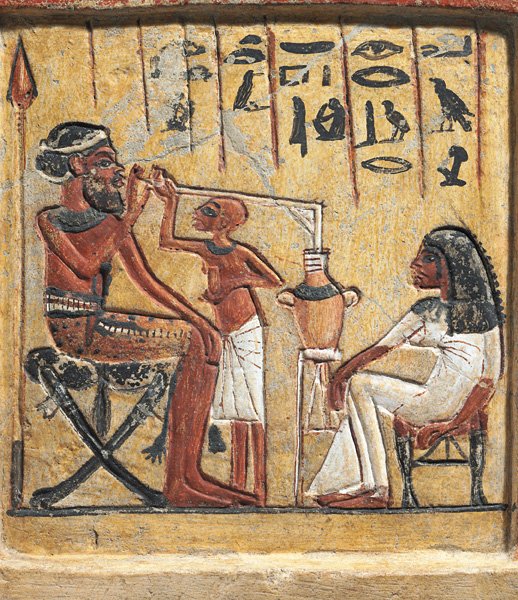
Egyptian beer was prepared from emmer wheat or barley in a unique brewing process still found in parts of Africa. Garlic-and-bread eating workers built the pyramids – they were even paid their wages in beer.

The Romans, of course, were notorious gluttons, and party-lovers. Roman feasts were often over-the-top, with sexual orgies along with the food, and even – if you were unlucky enough to be invited to one of Caligula’s dinner parties, peppered among the lovely meat and vegetables dishes were sinister items like sweet desserts made with human shit.

(The Emperor enjoys his practical joke).

Eat up all! (Or else…)

One of the legendary habits of the Romans was said to be the vomitorium. Mythbusters busts this myth, at leatht to the betht of their ability…
When you stop to think about it there wasn’t a whole lot to do in Roman times, no matter how wealthy you were. Transport was slow and uncomfortable, entertainment had to be organized – and paid for. Apart from joining the Army and fighting in Germania or going for the Senate, what was there? Well, bread and circuses, once in a while.

“After a good dinner one can forgive anybody, even one’s own relations.”
― Oscar Wilde, A Woman of No Importance

Rationing? Hunger? Oh we won’t get into that here today – famine and starvation will be a subject for another blog. Meanwhile we at Yaudah Bistro trust the above has made you hungry enough to enjoy our cornucopia of Euro-Asian delights. Dig in to create your own feast, at a fun and leisurely pace, the way it was done historically.



